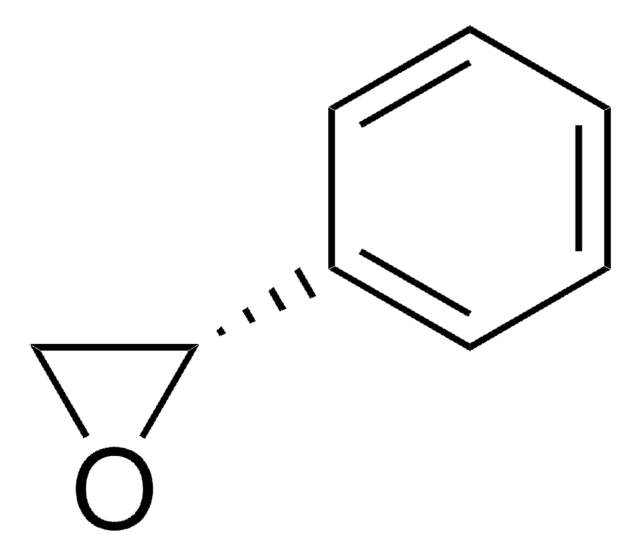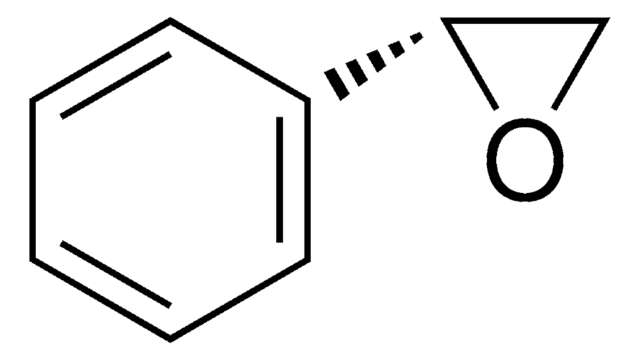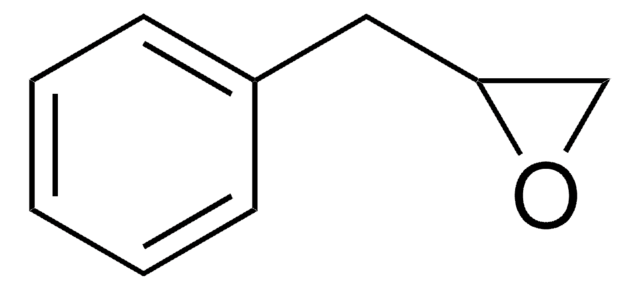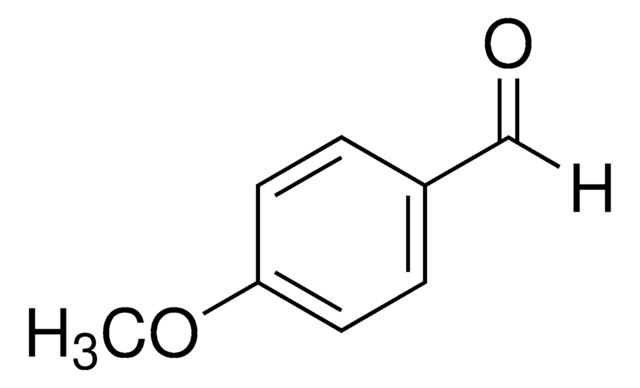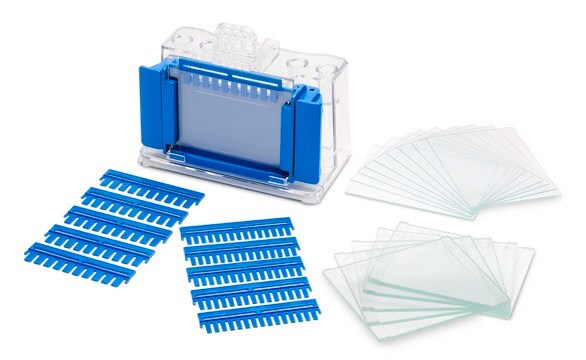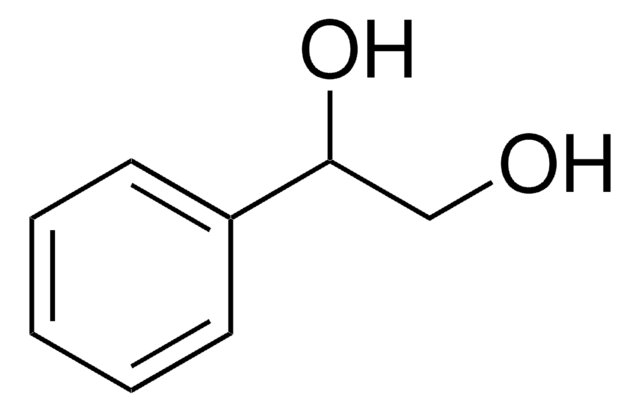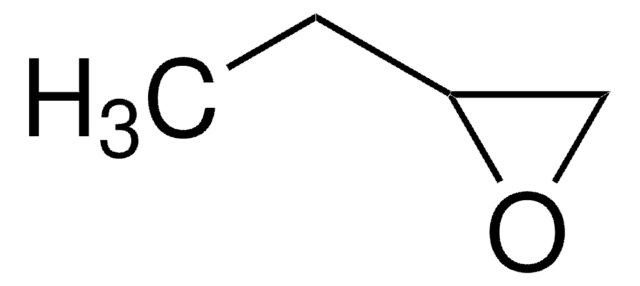S5006
Styrene oxide
97%
Sinónimos:
1,2-Epoxyethylbenzene, Phenylethylene oxide, Phenyloxirane
About This Item
Productos recomendados
vapor density
4.14 (vs air)
Quality Level
vapor pressure
<1 mmHg ( 20 °C)
assay
97%
autoignition temp.
928 °F
expl. lim.
~22 %
refractive index
n20/D 1.535 (lit.)
bp
194 °C (lit.)
mp
−37 °C (lit.)
density
1.054 g/mL at 25 °C (lit.)
SMILES string
C1OC1c2ccccc2
InChI
1S/C8H8O/c1-2-4-7(5-3-1)8-6-9-8/h1-5,8H,6H2
InChI key
AWMVMTVKBNGEAK-UHFFFAOYSA-N
¿Está buscando productos similares? Visita Guía de comparación de productos
Application
- Synthesis of poly (styrene oxide) with different molecular weights using tin catalysts: This study explores the ring-opening polymerization of styrene oxide using tin catalysts to produce homopolymers with varying molecular weights (Kayan, 2015).
- Electrogenerated BF3 from tetrafluoroborate-based ionic liquids: theoretical and experimental studies towards selective styrene oxide isomerization: Research on using electrogenerated BF3 to selectively isomerize styrene oxide, highlighting theoretical and experimental insights (Bortolami et al., 2021).
- Selective conversion of styrene oxide to 2-phenylethanol in cascade reactions over non-noble metal catalysts: This paper investigates the catalytic conversion of styrene oxide to 2-phenylethanol using non-noble metal catalysts (Sasu et al., 2016).
- Laboratory blueprints for interstellar searches of aromatic chiral molecules: rotational signatures of styrene oxide: Study of the rotational spectra of styrene oxide for potential detection in interstellar space (Stahl et al., 2020).
signalword
Danger
Hazard Classifications
Acute Tox. 3 Inhalation - Acute Tox. 4 Dermal - Carc. 1B - Eye Irrit. 2 - Muta. 1B - Skin Irrit. 2 - Skin Sens. 1
Storage Class
6.1C - Combustible, acute toxic Cat.3 / toxic compounds or compounds which causing chronic effects
wgk_germany
WGK 3
flash_point_f
176.0 °F - closed cup
flash_point_c
80 °C - closed cup
ppe
Eyeshields, Faceshields, Gloves, type ABEK (EN14387) respirator filter
Elija entre una de las versiones más recientes:
¿Ya tiene este producto?
Encuentre la documentación para los productos que ha comprado recientemente en la Biblioteca de documentos.
Los clientes también vieron
Nuestro equipo de científicos tiene experiencia en todas las áreas de investigación: Ciencias de la vida, Ciencia de los materiales, Síntesis química, Cromatografía, Analítica y muchas otras.
Póngase en contacto con el Servicio técnico